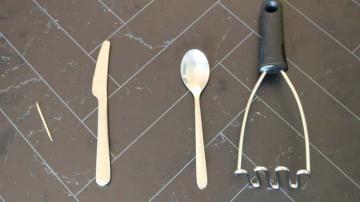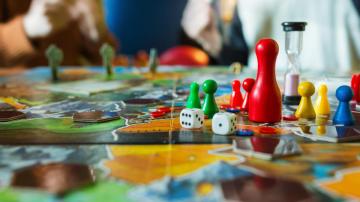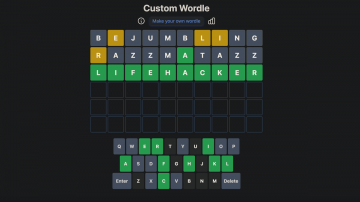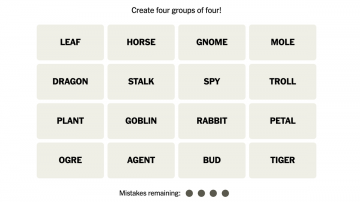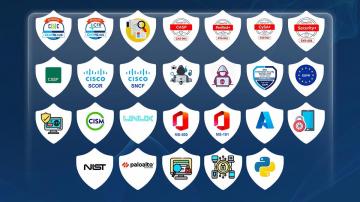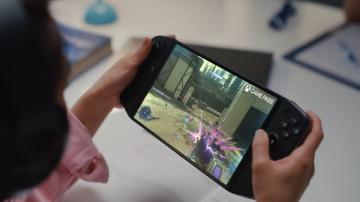I’m convinced there are two kinds of nerds: word game people and number game people. The same thrill I feel at building letters into words, other people feel by manipulating numbers into different ones. If you’ve been waiting for a math version of Wordle, you’re in luck—and even if you’re a word game person, you might find this new one, Digits, to be friendlier than you think.
Digits is the New York Times’s latest puzzle game, currently playable on their website here. Each new day brings five little math puzzles, and you earn stars by correctly calculating each puzzle’s target number.
Once you’ve finished wrestling with all five, you get a Wordle-style shareable recap of your game, like so:
Digits #4 (15/15⭐)
94 (94) ✖➖➖
195 (195) ✖✖➕➖
251 (251) ✖✖➕
382 (382) ✖✖➖➖
456 (456) ✖➖➕➖➖
Like Wordle or the crossword, everybody gets the same set of puzzles each day, and you need to wait until tomorrow for a fresh one.
How to play Digits
Each puzzle gives you six numbers to start with—you don’t get to pick them—and a target number you are supposed to reach. You combine the numbers you’re given with four basic operations: add, subtract, multiply, and divide. If you can arrive precisely at the target number, you get three stars.
If you can’t quite get there but manage to get close, you get partial credit. You can collect two stars for getting within 10 of the target, or one star for getting within 25.
Whenever you do an operation—adding two numbers, say—those two numbers disappear from your board and cannot be used again. But their solution gets added to your game board, so you have a new number you can work with. Say you’re supposed to come up with 103, and you see a 4 and a 25. Multiply those two numbers, and now you have 100 on your board (because that’s the answer to 4 x 25). Then it’s up to you when or whether to use that number in future calculations.
In the settings, there’s a “chain mode” that keeps your new number selected (100, in our example) so that you can immediately do a new operation with that number (+3, say). But sometimes you may want to do several operations before combining their results, so keeping chain mode turned off is probably wisest while you figure the game out.
The most important feature of the board—and the thing that makes this an accessible game for non-math-whizzes—is the undo button. (It looks like a circular arrow, on the left side of the board.) Regret a decision you just made? Hit that undo button a few times and start over.
How to win at Digits
Sometimes you may be able to look at the board and immediately spot a path to the answer. This is most likely to happen with the first puzzle of the day; they seem to get harder as you go.
But what if you don’t know where to start? Especially as the numbers get larger, I find it’s helpful to get yourself into the right ballpark. For example, if I see 251 as a target, my first thought is often something like “can I get to 300?”
Multiplying larger numbers is often the best first move when you have a triple-digit target. Make use of that undo button and try a few different ways to do it—for example, maybe you can multiply 23 x 10, or 25 x 11.
Once you have a number that’s close-ish, compare it to the target. (No shame in using a calculator for this step, just to double check yourself.) For example, if the target is 382 and I’ve managed to get to 396, the difference is 14. Can I use the remaining numbers to make a 14, and then subtract that?
There’s no limit on the number of times you can use the undo button, so just keep poking at the puzzle until you manage to make some progress. If you can’t quite get it, though, there is an option to reveal the solution. If you got close—say two stars—revealing the solution will forfeit your ability to keep trying and get that third star. But if you already got three stars, you may find it interesting to compare your solution to the NYT’s. On a few occasions I managed to get the answer in fewer steps than they did, and it made me feel like a math whiz...even though, between you and me, I’m still more of a word game person.



